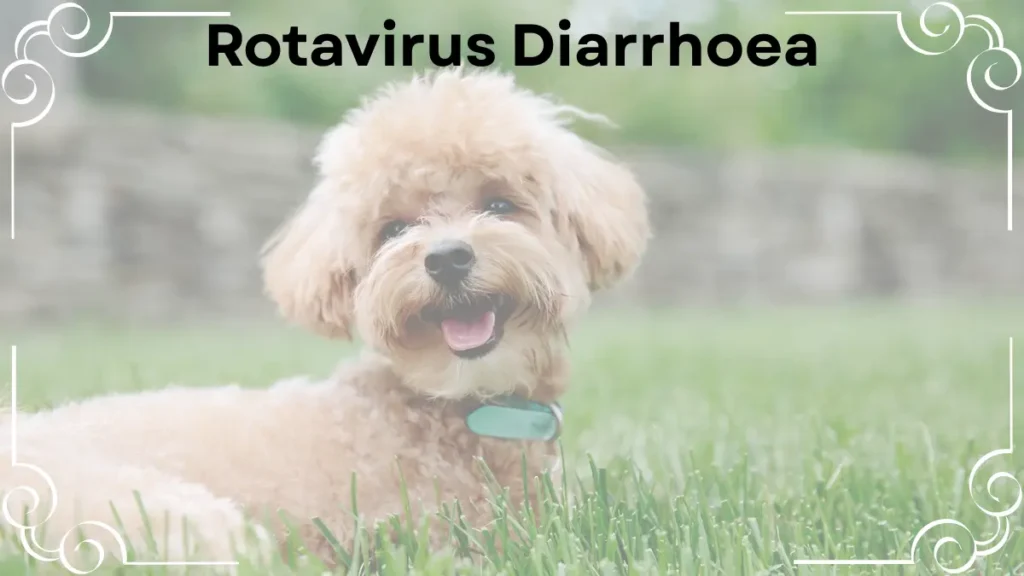Rotaviruses, family reoviridae, are a major cause of severe diarrhoea in young animals and human. In humans, rotaviruses account for 4,40,000 annual deaths in children <5 years of age worldwide. In animals, rotaviruses not only impair the rural economy in terms of livestock morbidity and mortality, but also pose a constant threat to the human population living in close proximity to domestic animals.
Distribution
Rotaviruses are ubiquitous and cause diarrhoea in a variety of host species in developed as well as developing countries throughout the world. Rotaviruses exhibit a seasonal pattern of infection with a high incidence during cooler months of the year.
Aetiology
Rotavirus diarrhoea is caused by a roman wheel shaped virus belonging to family Reoviridae. Mature virus particles have a three layered icosahedral protein capsid enclosing 11 double stranded RNA segments that comprise the virus genome. On the basis of antigenicity of the VP6 inner capsid protein, rotaviruses are classified into seven groups (A-G). Among them, group A rotaviruses are the major cause of acute neonatal diarrhoea. Group B rotaviruses are less frequent and primarily associated with diarrhoea in adults. Group C rotaviruses rarely cause diarrhoea in young. Group A rotaviruses are further classified into 16 G and 27 P genotypes on the basis of sequence analysis of the VP7 and VP4 outer capsid protein encoding genes. In cattle G6, G8 and/or G10 in conjunction with either P1, P5 and/or P11 are of epidemiological significance whereas in pigs G3, G4, G5 and Gi1 with P6 and P7 are the common genotypes. Human genotypes have been reported in both species and therefore are suggestive of interspecies transmission.
Susceptible Host
Rotaviruses have been reported to cause diarrhoea in calves, piglets, goat kids, lambs, foals, dogs, cats, rodents, monkeys and birds.
Transmission
Rotaviruses are usually transmitted through the faeco-oral route. Nevertheless, there are rare instances of the vims being transmitted through respiratory tract and other body fluids. Since the vims is very stable, it can survive for long periods in he environment. Transmission can occur through animal to animal contact, by contaminated food or water or on coming in contact with contaminated surfaces. In maximum cases adult animals as carriers is the source of infection for neonates. Transmission of virus between humans and animals and occurrence of disease in heterologous species has been reported.
Pathogenesis
The exact mechanism of diarrhoea is not clearly understood. Maladsorption resulting from structural and functional alteration of the intestinal villi appear to trigger diarrhoea. Alternatively, enterotoxin like activity of virus non-structural protein 4 might induce diarrhoea via activation of phospholipase C pathway.
Lesions
Histopathological changes include shortening of the intestinal villi, replacement of columnar epithelium by cuboidal and squamous cells, villous atrophy, crypt hyperplasia and infiltration of inflammatory cells.
Clinical Findings
Clinical manifestations of rotavirus infection ranges from subclinical diarrhoea to severe dehydrating illness. Clinical infection usually occurs in calves, piglets, goat kids, foals and lambs below three weeks of age. Factors that predispose the animal to severe diarrhoea include age of animal and immune status that depends upon colostrum feeding, exposure to stress conditions such as extremes of temperature or overcrowding, worm infestation and secondary bacterial or parasitic infection. The virus has an incubation period of less than 48 hours. Symptoms include sudden onset of profuse liquid diarrhoea, anorexia, depression, dehydration and occasionally mild fever. The faeces might contain mucous and/or flakes of blood. In uncomplicated cases, the disease is self limiting and the animal recovers with proper therapeutic measures. However, case fatalities are high in immunodeficient animals. Recovered and infected adult animals may remain as asymptomatic carriers and continue to shed the vims.
Diagnosis
- Polyacrylamide gel electrophoresis: Rotavirus has an 11-segmented double stranded RNA and following electrophoresis in polyacrylamide gels, exhibits a characteristic migration pattern, Group A rotaviruses exhibit a 4-2-3-2 pattern whereas group B and C vimses display a 4-2-2-1-1-1 and 4-3-2-2 profiles in polyacrylamide gels.
- ELISA
- Electron Microsopy
- Hybridization assays
- Polymerase chain reaction
- Fluorescent antibody technique
- Complement fixation test
- Latex agglutination
Treatment
There is no specific treatment for rotavirus disease. Symptomatic treatment like fluid therapy to check dehydration and antimicrobials to prevent secondary bacterial infection may hasten recovery.
Control
Inactivation of virus infectivity by disinfectants like phenols, formalin, chlorine and beta-propiolactone.
Proper management of pregnant animals at the time of parturition to reduce the degree of exposure of new-borns to infectious agents.
Control of population density in animal sheds to avoid overcrowding.
Maintenance of proper hygienic conditions and rearing animals in a warm and dry environment.
Providing calves with colostrum soon after birth.
Routine deworming and proper macro and micronutrient supplementation of calves.
Vaccines against calf scours:
SCOURGUARD KC (Pfizer) comprises Bovine Rota-Coronaviridae vaccine. Killed virus Clostridium perfringens Type c-E.coli Bacterin – Toxoid for immunization of healthy, pregnant cows and first calf heifers as an aid in passive maternal immunization of their calves against neonatal calf diarrhoea caused by rotavirus, coronavirus, E.coli having the K99 pill adherence factor and Clostridium perfringens Type C. Pregnant females are initially given two 2 ml doses at least 2 weeks apart 2 to 3 weeks prior to calving. Annual revaccination with a single dose 2 to 3 weeks prior to each subsequent calving is advised.
CALFGUARD (Pfizer) contains modified live bovine rota and coronavirus propagated on established cell lines and are freeze-dried to preserve stability. The vaccine is rehydrated in a 3 ml dose with a sterile diluent. Oral vaccination of day old healthy newborn calves prior to ingestion of colostrum is recommended.
Scour Bos 9 (Novastis) offers protection against rotavirus, coronavirus, E.coli bacteria and Clostridium perfringens Type C. In the first year 2 ml dose of Scour Bos 9 is to be administered at 8 to 16 weeks prior to calving followed by revaccination with a 2 ml dose of Scour Bos 4 (comprising only rota and coronavirus) 4 weeks before parturition. From second year onwards only one dose of Scour Bos 9 is injected intramuscularly 8 to 10 weeks prior to calving.


